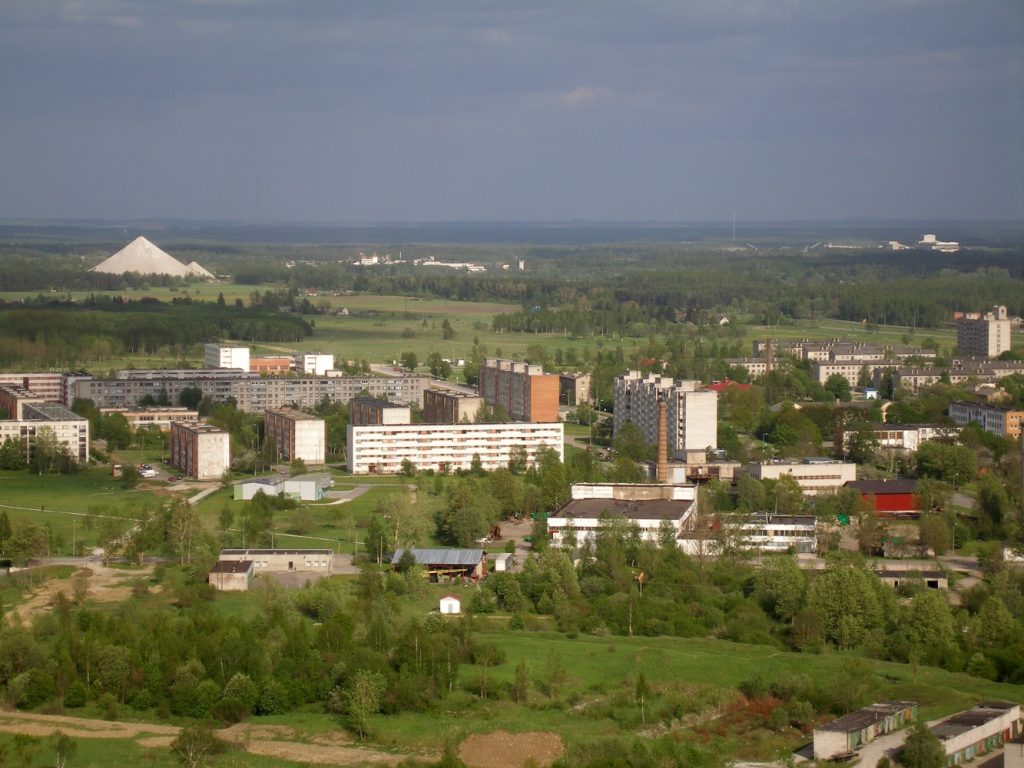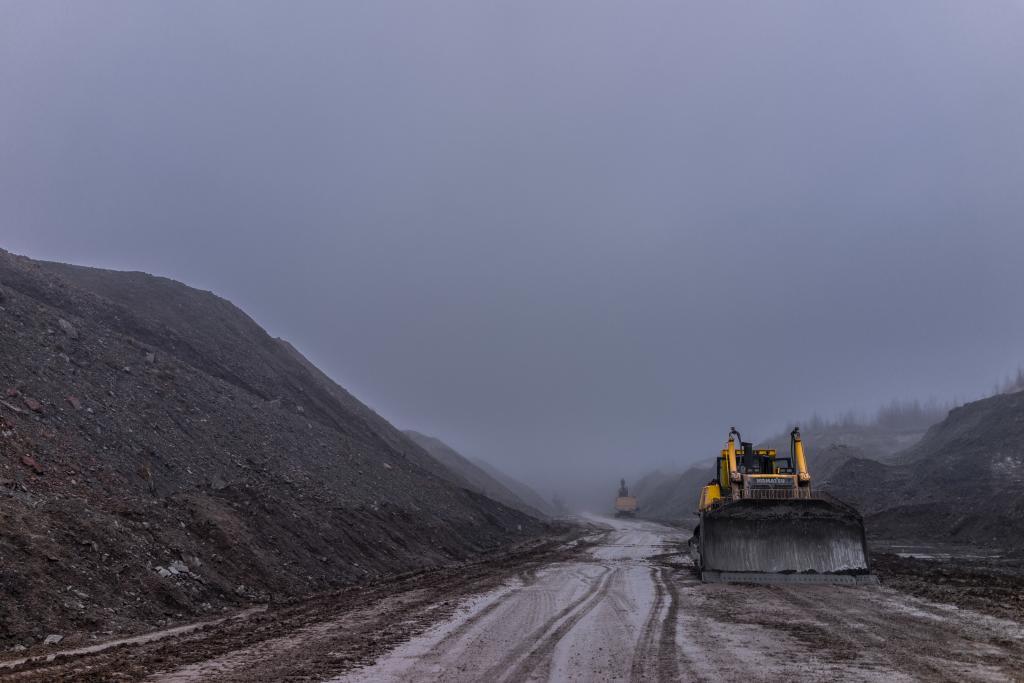A new research project aims to map the impacts of the Estonian energy system switching away from oil shale and oil shale mining on the residents of the country’s Ida-Viru County.
Ida-Viru County is the most northeastern part of Estonia. The county contains large deposits of oil shale – the main mineral mined in Estonia. As oil shale is used in thermal power plants, the earth in Ida-Virumaa contains most of Estonia’s energy resources. But the oil shale mining is considered harmful to the environment and hence, discussions about closing the industry have greatly intensified in Estonia. As Brussels has prioritised the environmentally friendly policies, there is also a growing pressure from the European Union on Estonia in this regard.
Studying the social challenges
A new research project, started in May, studies whether the European Union’s ambitious climate policy will lead to unemployment and social problems in Ida-Viru county. Possible transition strategies are also being explored. The Estonian Environmental Research Centre, the Ida-Viru Association of Local Governments and 12 project partners from other parts of Europe are addressing these and other issues related to a just transition to a carbon-free economy in the Carbon Intensive Regions in Transition project – CINTRAN.
“It is often thought that only the environment and economic impacts should be considered when dealing with climate change issues. However, it is equally important to consider social, cultural, demographic and political factors,” Annela Anger-Kraavi, a Cambridge University climate scientist, told Estonian World. Indeed, Ida-Viru County borders Russia and 73% of its inhabitants are ethnic Russians. Massive unemployment in the county could potentially cause political instability.

Europe’s climate-neutral ambition
By 2050, Europe should become the first climate-neutral continent. To fulfil this promise, the EU member states should swiftly stop producing and consuming fossil fuels and transform their carbon-intensive economies accordingly.
The extraction of fossil fuels and their use for electricity and heat production as well as energy-intensive industries are geographically unevenly distributed in Europe and concentrated in relatively few regions, such as Ida-Viru in Estonia. The economies of many of these regions are still almost entirely dependent on fossil fuel production.
Until now, research has mostly focused on the direct economic consequences of the transition and changes in the energy system. Future or ongoing transition processes will have unintended or even unforeseen side effects, be these social, demographic, cultural or even political. There is currently no comprehensive understanding of these effects and their interactions.
Researchers from several disciplines and local partners participating in the CINTRAN aim to fill this research gap. “We want to understand what causes the success or failure of regions undergoing structural change as a result of climate change policies,” Lukas Hermwille, a project coordinator at the International Climate Policy Research Unit at the Wuppertal Institute in Germany, said in a statement.
Treating everyone fairly
The project will also examine the effectiveness of strategies for tackling structural change and develop tools to enable regions to assess these themselves and monitor progress in this process.
According to Anger-Kraavi, “understanding the challenges of the transition to a carbon-free economy, such as gender or age inequality and changes in family incomes, can help plan for the transformation in such a way that these problems do not arise and that the forthcoming changes treat all parties fairly”.
The project is funded by the European Union’s Horizon 2020 research and innovation programme.
Cover: Vaivara, Ida-Viru County. Estonian electricity is produced by first digging up huge swaths of some of the most picturesque landscapes in the county, collecting millions of metric tons of dirt-like oil shale and then just burning it all. After the mines and massive ash-piles have been deserted, new life begins in those artificial hillocks. Photo by Tõnu Runnel.

